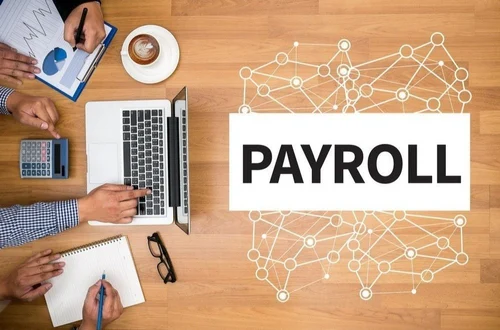Online Payroll Software vs Traditional Payroll: What's Better?

Managing payroll is a critical task for any business—but how it’s done can make a big difference in efficiency, accuracy, and compliance. While many companies still rely on traditional methods like spreadsheets or manual processing, modern businesses are increasingly turning to digital payroll tools to streamline the process.
So, which approach is better for your business: traditional payroll or online payroll software? Let’s break it down.
1. Ease of Use
Online Payroll Software:
Modern payroll tools are designed for simplicity. With intuitive dashboards, automation features, and user-friendly interfaces, even non-HR professionals can manage payroll with ease. These tools often include built-in calculators for deductions, taxes, and benefits.
Traditional Payroll:
Manual payroll involves a lot of paperwork, calculations, and tracking across multiple spreadsheets or documents. One small error can lead to incorrect pay or tax issues, which can be difficult to trace and fix.
2. Accuracy and Automation
Online Payroll Tools:
Automation is a game-changer. Most payroll tools handle salary calculations, tax withholdings, and benefits automatically, minimizing human error. You can also set up recurring payments and generate reports instantly.
Traditional Payroll:
Calculations are done manually, which increases the chance of mistakes. Plus, tax tables and regulations change often, and keeping up with these changes can be time-consuming.
3. Compliance and Tax Filing
Payroll Tools:
Staying compliant with local, state, and federal tax laws is built into most modern payroll tools. They automatically update with the latest tax rules, help generate tax forms, and often even e-file directly with the IRS or relevant authorities.
Traditional Payroll:
Manual filing means you or your accountant must stay up-to-date with every tax change. Miss a deadline or make an error, and you risk facing penalties or audits.
Cost and Scalability
Online Payroll Software:
Most cloud-based payroll tools offer scalable pricing. You pay for what you use—making them ideal for growing businesses or startups. Plus, you save time (and money) by avoiding repetitive manual tasks.
Traditional Payroll:
Manual processes take more hours and often require extra personnel or third-party accountants. As your business grows, so does the complexity—and cost—of managing payroll traditionally.
5. Data Security
Payroll Tools:
Top-tier payroll software tools come with bank-level security, encrypted data storage, and role-based access controls. This ensures sensitive employee and company financial data stays protected.
Traditional Payroll:
Physical records and spreadsheets stored on local computers are vulnerable to loss, theft, or data breaches—especially if no formal security protocols are in place.
6. Employee Self-Service
Modern Payroll Tools:
Most online payroll tools come with employee portals where team members can view their pay stubs, tax forms, and update personal information—all without needing to go through HR.
Traditional Payroll:
Everything goes through HR or finance, leading to slower response times and more administrative overhead.
Final Verdict: Which Payroll Solution Wins?
For most businesses—especially startups, SMEs, and remote teams—online payroll tools offer clear advantages over traditional methods. They’re faster, more accurate, secure, and easier to scale. While traditional payroll might still work for very small or one-person businesses, the long-term benefits of adopting modern payroll tools far outweigh the old ways.
If you want to save time, reduce errors, and keep your team happy, it’s time to trade in spreadsheets for smarter payroll tools.
- Information Technology
- Office Equipment and Supplies
- Cars and Trucks
- Persons
- Books and Authors
- Tutorials
- Art
- Causes
- Crafts
- Dance
- Drinks
- Film
- Fitness
- Food
- Juegos
- Gardening
- Health
- Home
- Literature
- Music
- Networking
- Other
- Party
- Religion
- Shopping
- Sports
- Theater
- Wellness



